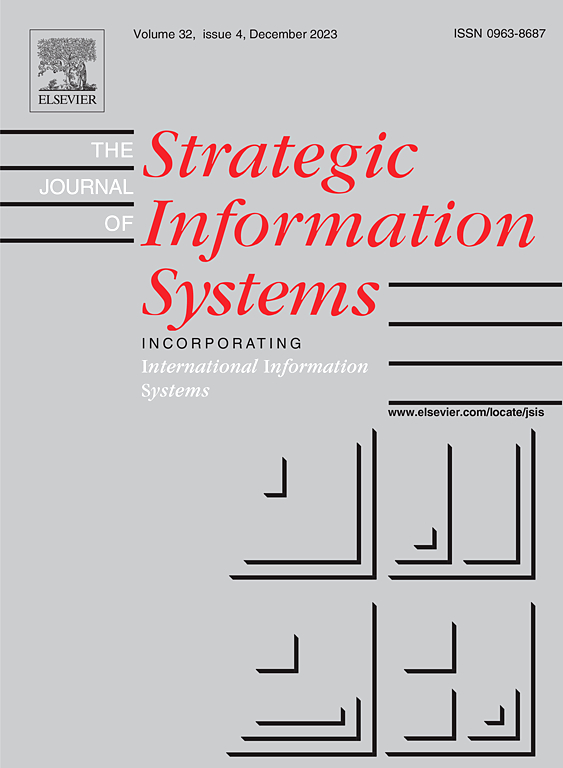张量的分解轨迹
IF 1.1
4区 数学
Q4 COMPUTER SCIENCE, THEORY & METHODS
引用次数: 0
摘要
张量的分解轨迹是在张量的最小张量-秩分解中出现的秩一张量的集合。对于位于任何Segre变体的切向变体上的张量,而不是位于变体本身上的张量,我们证明了分解轨迹由除切向点以外的所有秩一张量组成。我们也显式地计算了所有属于有限多轨道张量空间的张量在一般线性群积作用下的分解轨迹。本文章由计算机程序翻译,如有差异,请以英文原文为准。
Decomposition loci of tensors
The decomposition locus of a tensor is the set of rank-one tensors appearing in a minimal tensor-rank decomposition of the tensor. For tensors lying on the tangential variety of any Segre variety, but not on the variety itself, we show that the decomposition locus consists of all rank-one tensors except the tangency point only. We also explicitly compute decomposition loci of all tensors belonging to tensor spaces with finitely many orbits with respect to the action of product of general linear groups.
求助全文
通过发布文献求助,成功后即可免费获取论文全文。
去求助
来源期刊

Journal of Symbolic Computation
工程技术-计算机:理论方法
CiteScore
2.10
自引率
14.30%
发文量
75
审稿时长
142 days
期刊介绍:
An international journal, the Journal of Symbolic Computation, founded by Bruno Buchberger in 1985, is directed to mathematicians and computer scientists who have a particular interest in symbolic computation. The journal provides a forum for research in the algorithmic treatment of all types of symbolic objects: objects in formal languages (terms, formulas, programs); algebraic objects (elements in basic number domains, polynomials, residue classes, etc.); and geometrical objects.
It is the explicit goal of the journal to promote the integration of symbolic computation by establishing one common avenue of communication for researchers working in the different subareas. It is also important that the algorithmic achievements of these areas should be made available to the human problem-solver in integrated software systems for symbolic computation. To help this integration, the journal publishes invited tutorial surveys as well as Applications Letters and System Descriptions.
 求助内容:
求助内容: 应助结果提醒方式:
应助结果提醒方式:


